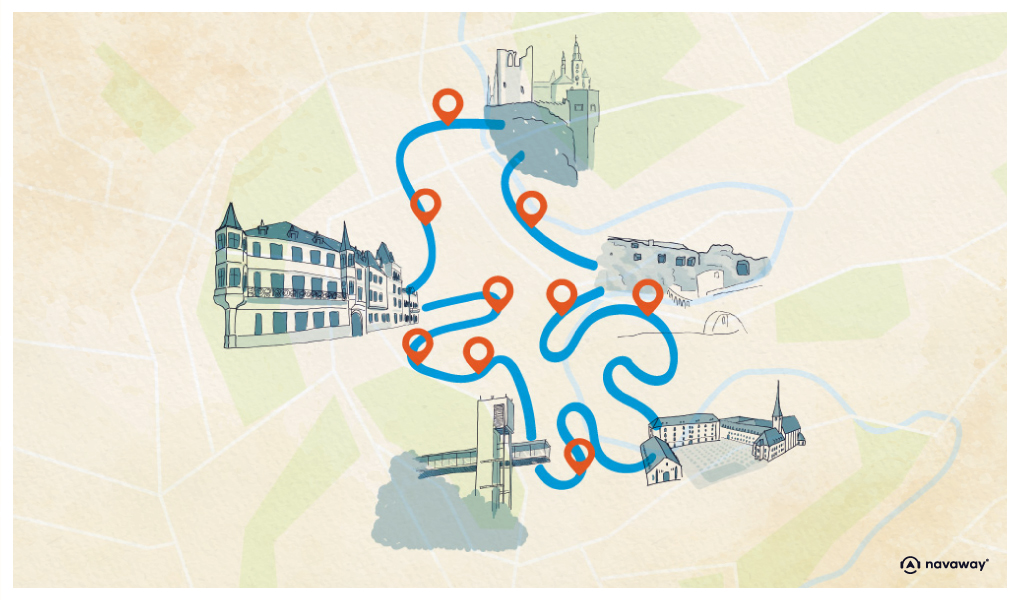
The Hollow tooth
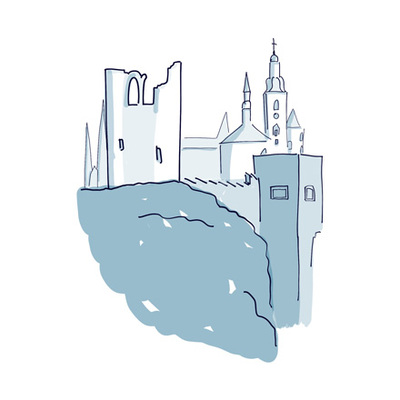
This point of interest is available as audio on the tour: Visit Luxembourg, The Capital disguised as a village
This is where it all began. In 963, the Count of Sigefroi, a descendant of Charlemagne, acquired this rocky promontory from the abbey of Saint-Maximin-de-Trèves and established his castle. A small fort dating from Roman times called ‘Lucilinburhuc’ once stood here. Lucilinburhuc means “little castle” and as you can probably guess this is where the name Luxembourg comes from! The name of the fort became that of the castle, the town and then of the whole country! At the time, the defensive value of the site was obvious. It was difficult to attack the fortress, which was surrounded by the deep valleys of the Alzette. The Count and his knights lived in the castle. Craftsmen and merchants settled at the foot of the rock. The distinction between the upper town and the lower town came into being at this time. Throughout the next 5 centuries, the mini-town remained relatively undisturbed, until 1443, when Philip the Good, Duke of Burgundy, captured the town and made it part of the Netherlands. Luxembourg was then caught up in the turmoil of the Austrian Wars. The city will undergo several dominations in the complexities of history, which I will spare you, and it is only with the treaties of London in 1867 that the conflicts ceased and Luxembourg was declared a perpetually neutral state!However, it took 16 years to demolish the fortifications! For the city’s inhabitants, it was a liberation. Freed from its overly tight corset, the city was able to spread out in all directions and flourish on its landscape. Nowadays, Luxembourg holds one of the three seats of the European Union, alongside Brussels and Strasbourg.


Discover Luxembourg with app
An interactive guide through the most beautiful streets, squares, and districts
18 fun audioguides full of historical facts, anecdotes, and legends
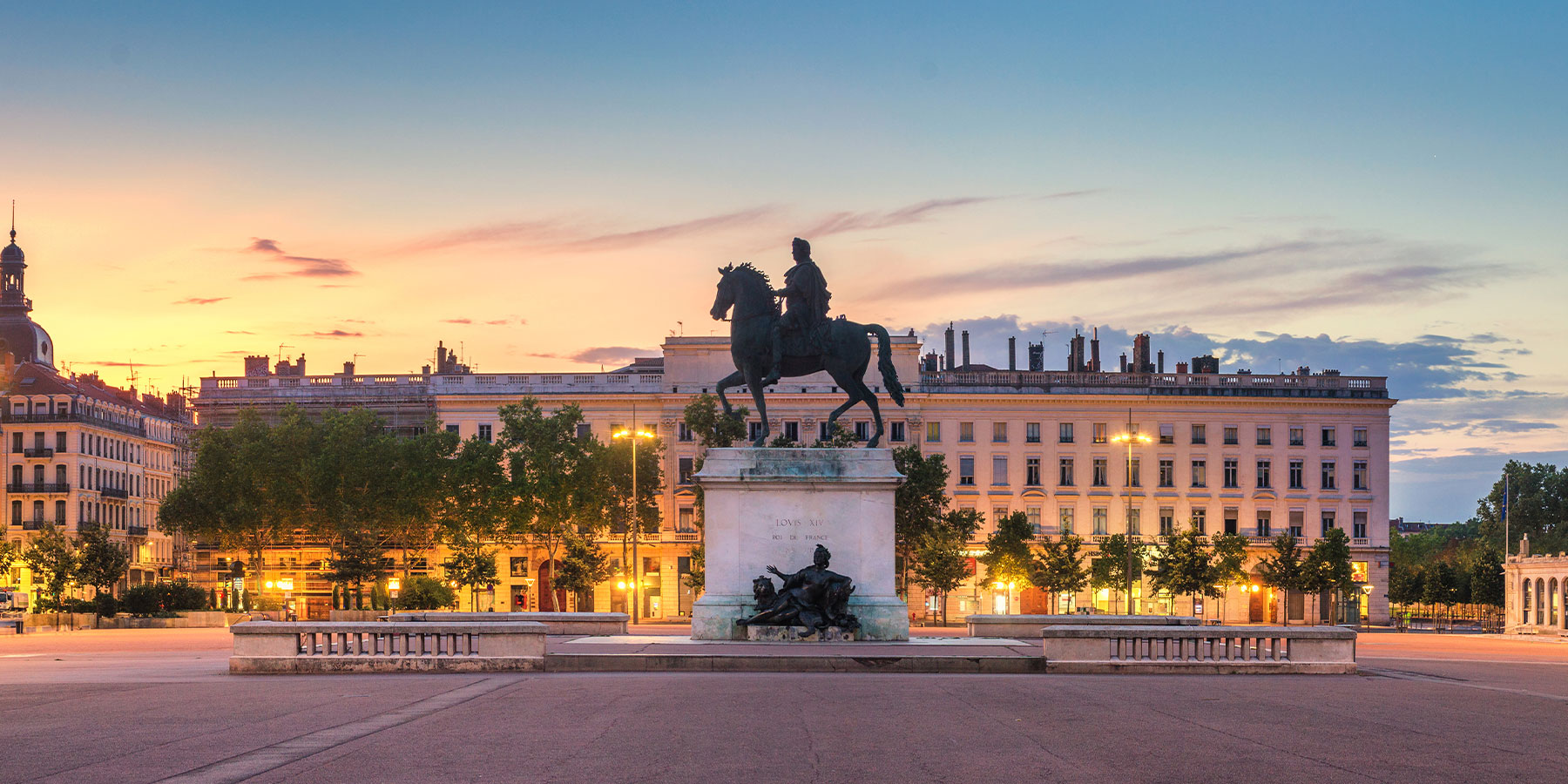
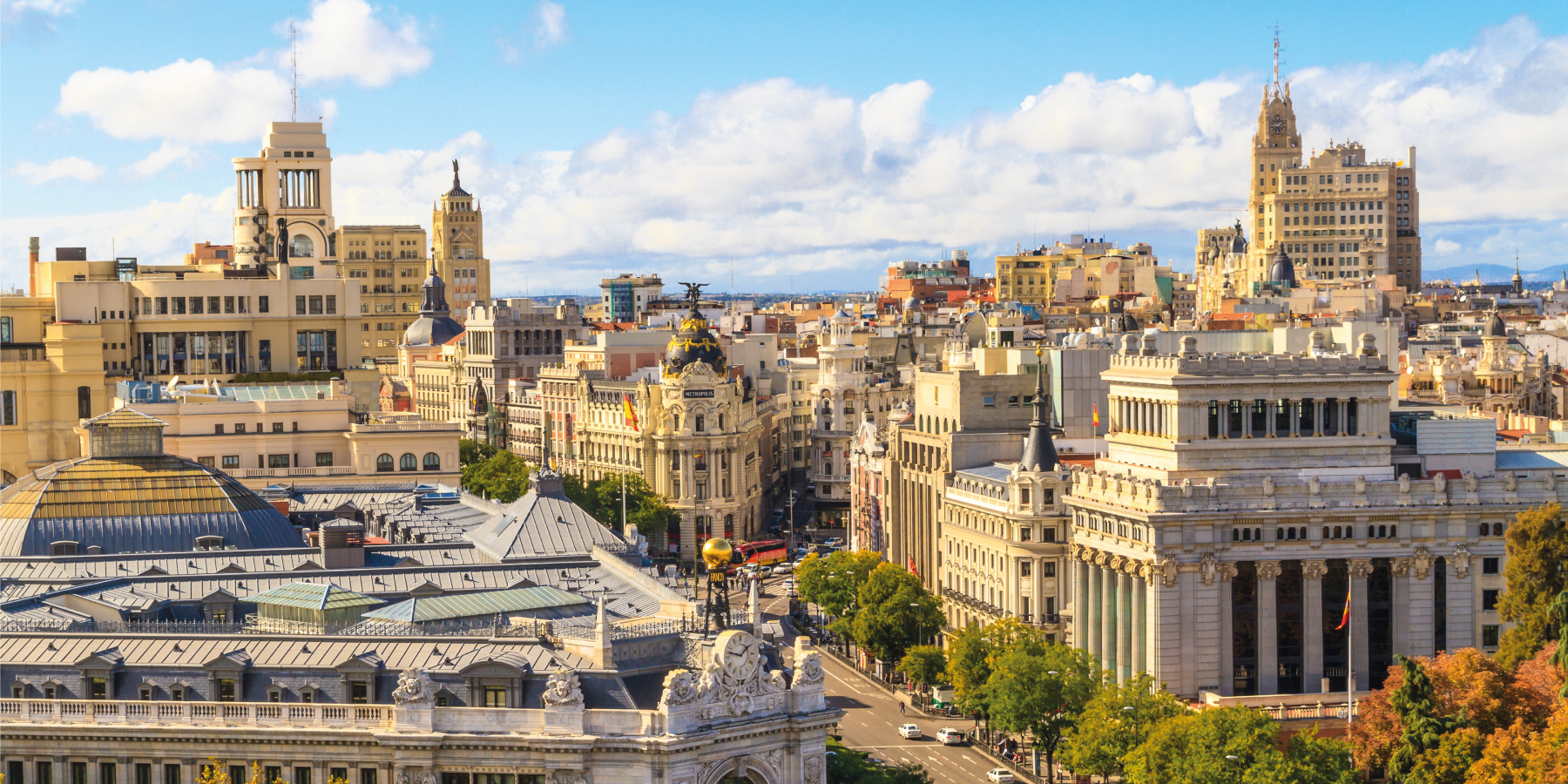
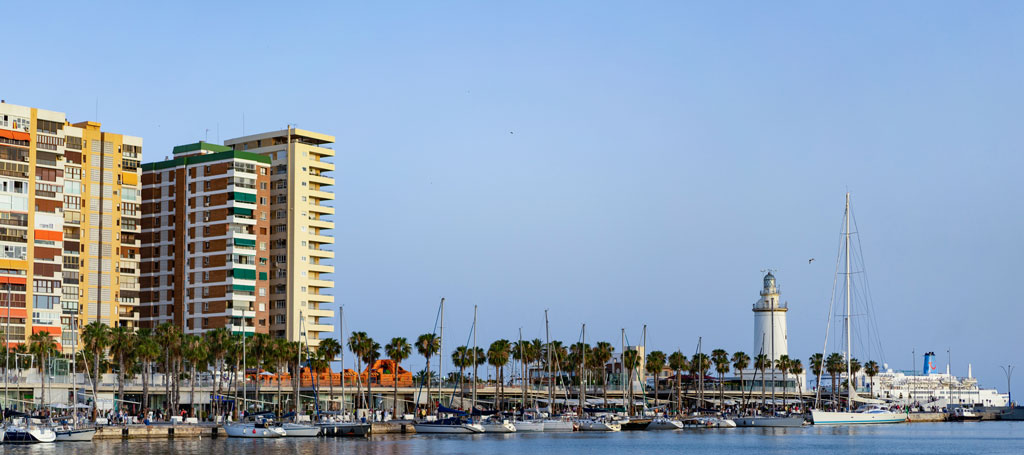


Comments